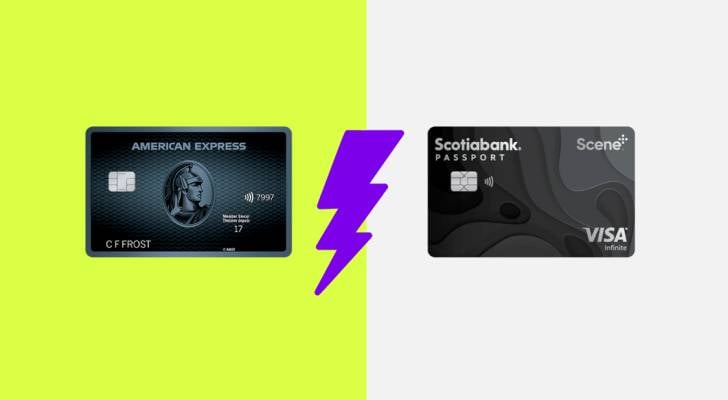My brother needed grocery money for a few months, so I lent him the cash. He paid me back, but now he’s short again. Should I keep lending him money? Here’s how to offer a ‘responsible’ loan

A few years ago, your brother borrowed money to help pay for groceries for several months, and paid you back. But now, he finds himself short of cash again and you’re not sure whether you want to lend him more money. Wanting to help out a friend or family member when they’re in a financial […]
BoC walks tightrope: Growth gains hampered by slowing demand making a hold at 2.75% likely

Canada’s economy grew faster than expected in early 2025. But dig past these positive headlines and just about everyone can see that cracks are forming. This is the situation the Bank of Canada economists are in as they make one of its toughest calls yet: lower rates or stay the course? Split economy complicates the […]
‘I hope she gets what’s coming for her’: NYC women speak out after influencer took thousands from them for specialized training course — and then vanished. How to avoid a similar situation

In a New York minute, three women looking to bolster their aesthetician careers lost more than $3,000 each when a highly promoted makeup course vanished overnight, along with the influencer behind it. Marley Matamoros, Ashley Landin and Michelle Echeverry, all from New York, paid their money to take an unlicensed course led by Miami-based TikTok […]
Don’t get scammed: How to spot financial MLMs and fake “get-rich-quick” schemes before they drain your wallet

Between rising interest rates, a shaky stock market and the threat of a trade war with the US, it’s no surprise that financial uncertainty has instilled fear in people in recent years. And unfortunately, this financial uncertainty makes people more vulnerable to falling for get-rich-quick (or “quicker”) schemes in times of need. More specifically, multi-level […]
Even rich seniors are scared to spend money in retirement: Here’s how to spend more and be happier without the risk of outliving your cash

You’ve worked hard to save for retirement and the time is finally here. Now, the challenge isn’t about how you’ll spend your time. A far more pressing concern is the fear of outliving your savings, which may influence how you spend your money. In other words, this apprehension could lead to spending less and truly […]
How using the Amex Cobalt and the Scotia Passport Visa Infinite cards became the travel credit card combo I swear by

The Amex Cobalt and the Scotia Passport Visa Infinite are two of the best travel credit cards out there, but who says you have to pick just one? As an experienced traveller, I’ll show you how using both can elevate your trips around the world. It may sound like overkill, but trust me, this combo […]
A combined $1.8 million in losses: Victims share their experience with GIC fraud — how to protect yourself from similar scams

In a time when financial insecurity is high and many are looking for ways to safeguard their money or increase their wealth, fraudsters are taking advantage of that vulnerability. Recently, three Canadians fell victim to a fraudulent scheme involving fake Guaranteed Investment Certificates (GICs), losing a combined $1.8 million. The scam, which has been gaining […]
Nova Scotia renter fed up after fighting for nearly a decade to get her apartment repaired. Here’s why she says government support systems are broken

What is the longest a repair has taken in your home? A few weeks, months, maybe a year? What about almost a decade? While the last suggestion sounds outlandish, for Halifax, Nova Scotia resident Karen Crane, that’s her reality. After moving into her apartment in 2015, flooding covered the living room multiple times CBC News […]
Ottawa woman accuses husband of ‘love bombing,’ leaving her $300K in debt

Browsing the internet or social media will bring about many first-hand accounts of dating and marriage horror stories that would render even the most hopeless romantic a cynic. Here’s one such story. Christina MacCrimmon of Ottawa claims she was the victim of ‘love bombing’, that left her nearly $300,000 in debt. "It’s just unimaginable to […]
‘I sued the state of Missouri’: This man bought a trailer on Facebook Marketplace — but he says when he went to get the title, he was told ‘the only way’ to do that was to sue the state

Ben Shakman, a Wildwood, Missouri resident, purchased a trailer on Facebook Marketplace for $3,500 years ago and thought all was fine. Don’t miss I’m 49 years old and have nothing saved for retirement — what should I do? Don’t panic. Here are 6 of the easiest ways you can catch up (and fast) Want an […]